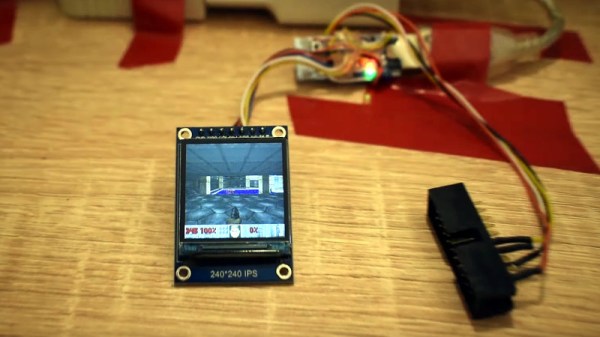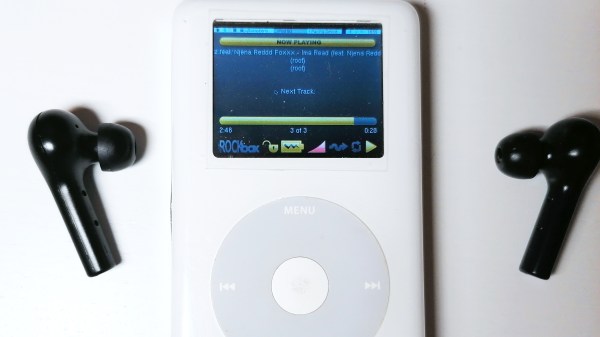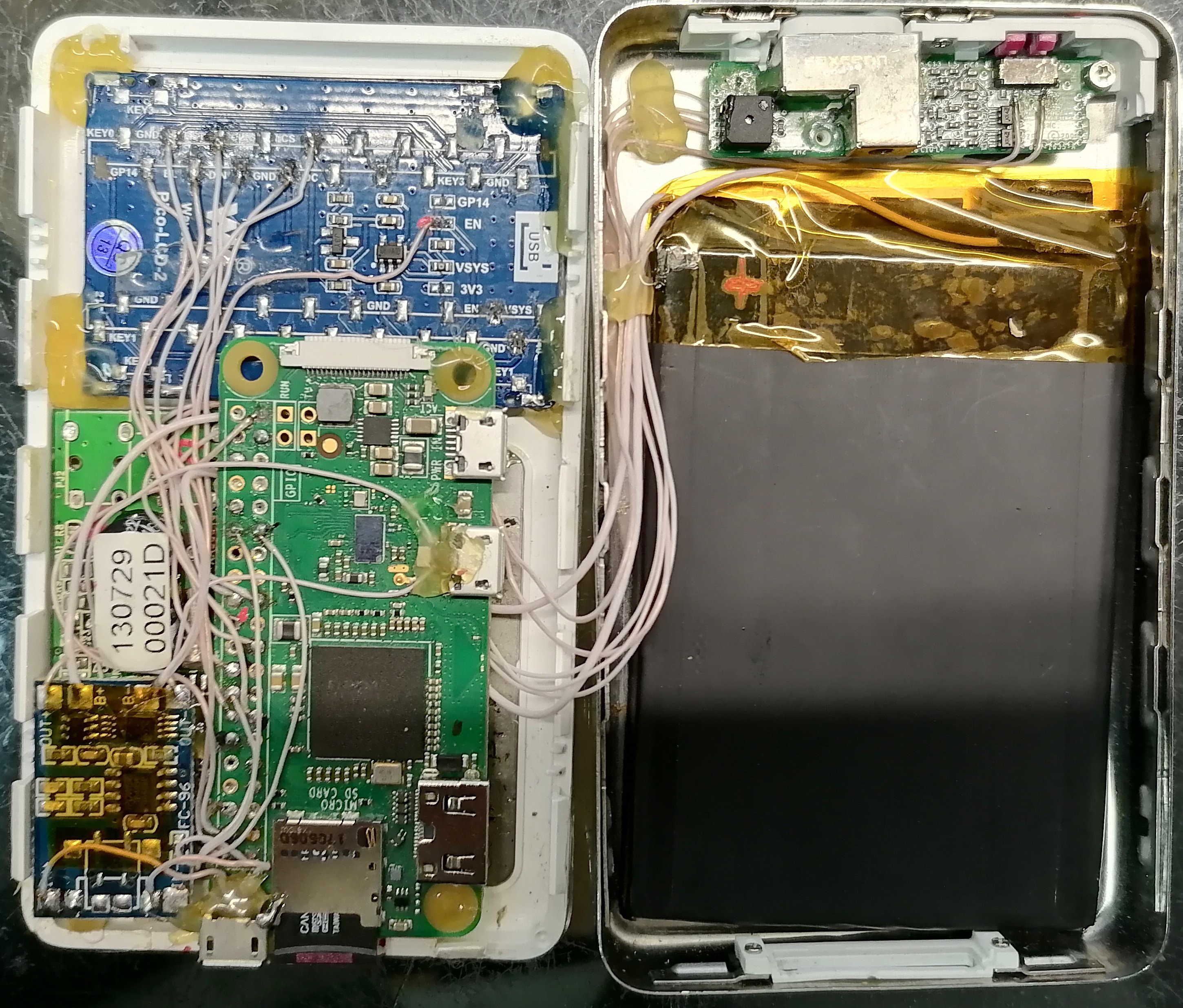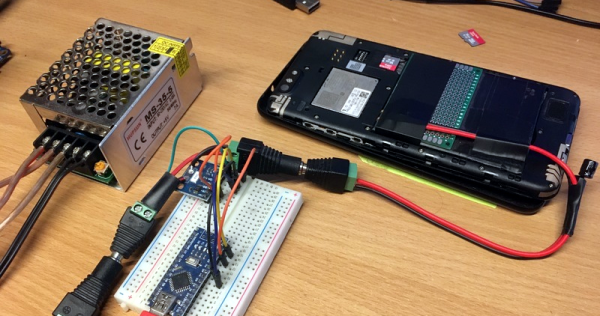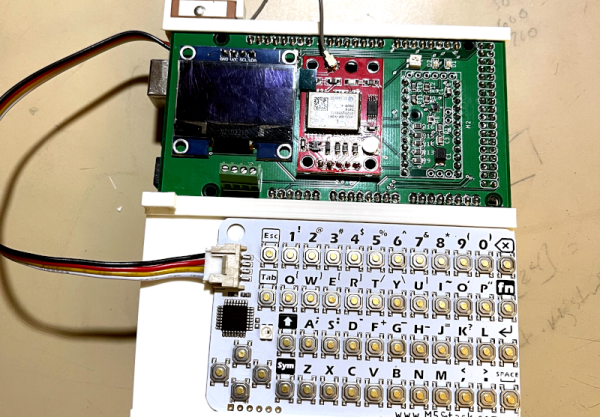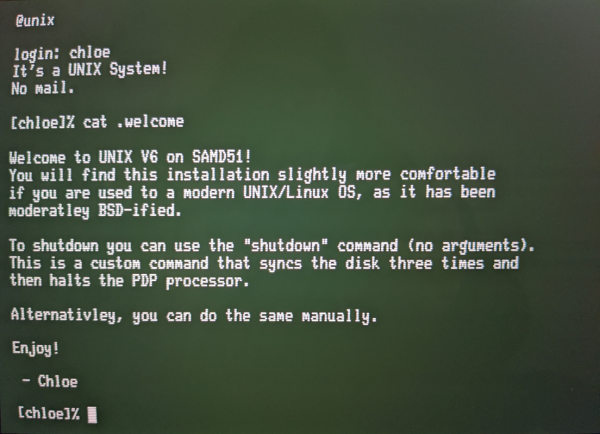If you’re reading this post while the bits are still fresh, you’ve got about four hours until day two of Hackaday Remoticon 2021. You can feel the electricity in the air, right? We’ve got an absolutely stellar line-up this year: every talk is gonna be a good talk.
 Friday was great fun, and you can still still rewind Friday’s live stream if you hurry. Otherwise, at 11:00 AM PST, we’ll start up day two with a keynote talk by Keith Thorne, who’s going to take us through all of the work, and hacks, that made the LIGO experiment the most sensitive instrument mankind has ever made. Bookending the talks, just before the Hackaday Prize announcement and after-party DJ Jackalope Live Set, Jeremy Fielding is going to be walking through everything about his robotic arm and what you need to know about anything that moves.
Friday was great fun, and you can still still rewind Friday’s live stream if you hurry. Otherwise, at 11:00 AM PST, we’ll start up day two with a keynote talk by Keith Thorne, who’s going to take us through all of the work, and hacks, that made the LIGO experiment the most sensitive instrument mankind has ever made. Bookending the talks, just before the Hackaday Prize announcement and after-party DJ Jackalope Live Set, Jeremy Fielding is going to be walking through everything about his robotic arm and what you need to know about anything that moves.
Watch some great talks, and then hang out with the presenters afterwards over on our Discord server. What more do you want on a Saturday?
We really don’t want you to miss out on anything, but in case you come late to the talks, you can rewind the live stream to catch up. After it’s all done, we’ll slice and dice up the talks so you can find them later. But if you miss out on the discussions, the chance to ask our speakers questions, and the pervasive Jolly Wrencher ambiance, you’ve just missed out. Join us live if you possibly can! We’d love to see you.

